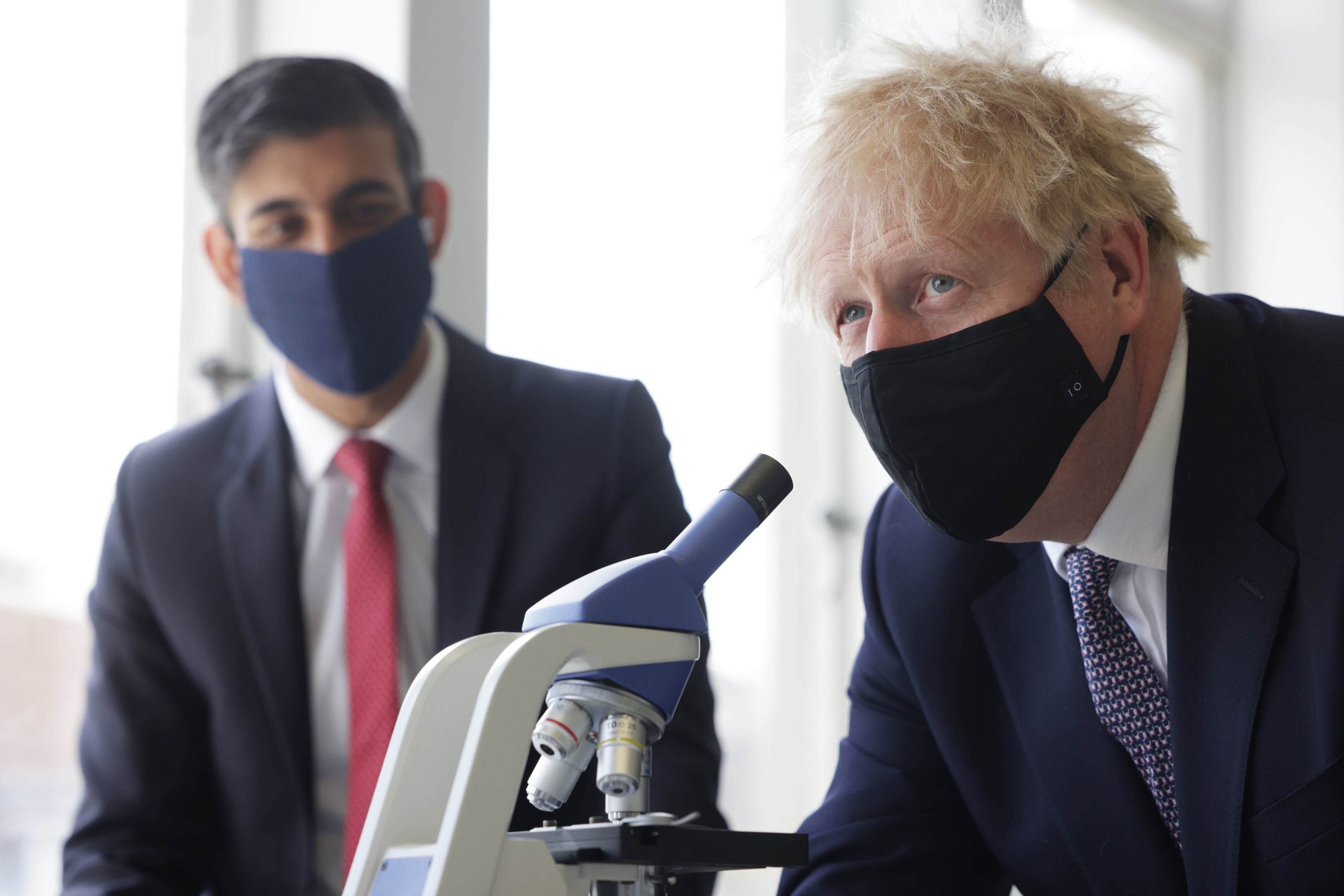It seemed strange that the prime minister and Professor Chris Whitty, the chief medical officer for England, held a Downing Street news briefing to warn about the India variant of coronavirus just before last week’s opening up of indoor pubs and restaurants.
However, the early signs are that they took the right decision to go ahead with the easing of the lockdown. Although that variant does seem to be more transmissible, the latest evidence is that vaccines continue to be effective against it. That means the race to vaccinate the entire adult population remains the overriding priority, and it is possible that the further lifting of restrictions will go ahead on 21 June as planned.
If there were tensions between Prof Whitty and Boris Johnson, then, it may be that the compromise position – if that is what it was – was the right one. This is an instance of a situation in which greater openness might have been beneficial, as has been suggested by Dominic Cummings, the prime minister’s former chief adviser. It was notable, however, that the Scientific Advisory Group for Emergencies (Sage) published the minutes of its discussion about the India variant almost immediately. If that was an attempt to force Mr Johnson to come to the lectern in the Downing Street media centre to sound a note of caution, it was successful. It may be that it will turn out to have been unnecessary, but given the previous pattern of being too slow to respond to new threats there was no harm in erring briefly on the side of timeliness and caution.
Until we have more definite information about the India variant’s transmissibility, we remain at least partly in a state of limbo. Jeffrey Barrett, a specialist in genomic sequencing at the Wellcome Sanger Institute, estimated that it is “20 or 30 per cent” more transmissible than the Kent variant, the previously dominant strain – which is not good, but is significantly better than the worst-case scenario of 50 per cent higher transmissibility.
Meanwhile, it is worth noting that most geneticists remain relatively relaxed about mutations. Their general view seems to be that the work of tracing new variants will become increasingly complex, but of decreasing interest to the general public. The monitoring of variants will help tweak the vaccines over the years, but the experts seem increasingly confident that the vaccines will remain effective against any new strains. They tend to regard terms such as “double mutant” as unhelpful and alarmist – and “triple mutant”, a term that has been applied to a new variant detected in Yorkshire, even more so.
All of which points towards cautious optimism. The best news, perhaps, is that the vaccination programme is well ahead of schedule. It is possible to deduce, without inside information, that the target of delivering the first dose to all adults who come forward is likely to be reached a month ahead of the timetable – by the end of June rather than the end of July. If that is right, the second-dose schedule can also be speeded up. It will then be possible, depending on how transmissible any new variants are, to open up the debate about vaccinating younger teenagers if that is needed to obtain the required level of population immunity.
Such optimism must be tempered by caution, however. It has been noted that Mr Johnson has never been entirely clear about which restrictions are likely to be lifted on 21 June, and which are likely to stay. There has been speculation, for example, that face coverings will still be required on public transport.
That lack of clarity does give the government some scope to adjust the fourth stage of lockdown easing, allowing both data and dates to dictate policy. If by 14 June, when the prime minister intends to announce what will happen a week later, the figures are not looking good, then it will be possible to lift fewer restrictions on 21 June. Meanwhile, we have to endure this curious state of limbo for three weeks more.




Join our commenting forum
Join thought-provoking conversations, follow other Independent readers and see their replies
Comments